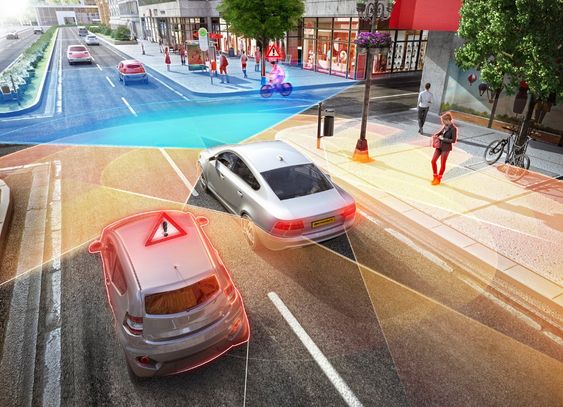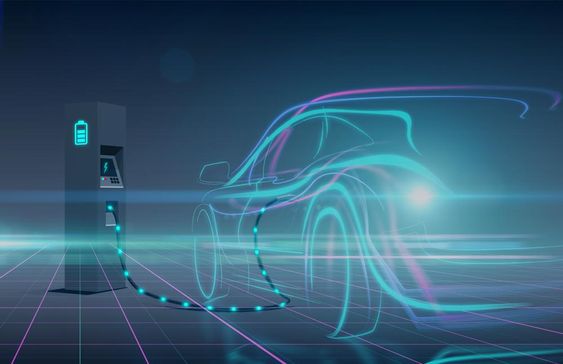Introduction:
The automotive industry is constantly evolving, with advancements in technology driving innovation in every aspect of the car, including safety. From the early days of seatbelts to the modern era of autonomous driving, car safety systems have come a long way. These innovations are not only saving lives but also making driving a more comfortable and enjoyable experience. This article will explore some of the most significant innovations in car safety systems, highlighting their impact on road safety and the future of driving.

Advanced Driver-Assistance Systems (ADAS):
ADAS are a suite of technologies designed to assist drivers in various situations, enhancing safety and reducing the risk of accidents. Some of the most common ADAS features include:
- Adaptive Cruise Control (ACC): ACC uses sensors to maintain a safe distance from the vehicle in front, automatically adjusting speed to avoid collisions.
- Lane Departure Warning (LDW): LDW alerts drivers when they drift out of their lane, helping to prevent accidents caused by driver inattention.
- Automatic Emergency Braking (AEB): AEB uses sensors to detect potential collisions and automatically applies the brakes to avoid or mitigate the impact.
- Blind Spot Monitoring (BSM): BSM uses sensors to detect vehicles in the driver's blind spot, alerting them to potential hazards.
Autonomous Driving:
Autonomous driving technology is rapidly advancing, with self-driving cars becoming increasingly common. While fully autonomous vehicles are still under development, many cars now offer features like:
- Lane Keeping Assist (LKA): LKA uses sensors to keep the vehicle centered in its lane, providing assistance to the driver.
- Traffic Jam Assist (TJA): TJA allows the vehicle to drive itself in slow-moving traffic, reducing driver fatigue and stress.
- Automated Parking Assist: This feature helps drivers park their vehicles by automatically steering, accelerating, and braking.
Safety Features for Pedestrians and Cyclists:
Car manufacturers are increasingly focusing on safety features that protect pedestrians and cyclists. These include:
- Pedestrian Detection: This technology uses sensors to detect pedestrians in the vehicle's path and automatically apply the brakes to avoid collisions.
- Cyclist Detection: Similar to pedestrian detection, cyclist detection uses sensors to identify cyclists and take appropriate action to prevent accidents.
- Active Hoods: Active hoods are designed to lift up in the event of a pedestrian impact, reducing the severity of injuries.
The Future of Car Safety:
The future of car safety is bright, with ongoing research and development leading to even more advanced technologies. Some of the key areas of focus include:
- Improved Sensor Technology: Advancements in sensor technology will enable cars to perceive their surroundings more accurately, leading to more effective safety systems.
- Artificial Intelligence (AI): AI is playing an increasingly important role in car safety, enabling vehicles to learn from their environment and make better decisions.
- Connected Car Technology: Connected car technology allows vehicles to communicate with each other and with infrastructure, enabling more proactive safety measures.
Conclusion:
Innovations in car safety systems are transforming the way we drive, making roads safer and driving more enjoyable. From ADAS to autonomous driving, these technologies are saving lives and reducing the risk of accidents. As technology continues to advance, we can expect even more innovative safety features in the future, further enhancing the safety and convenience of driving.





